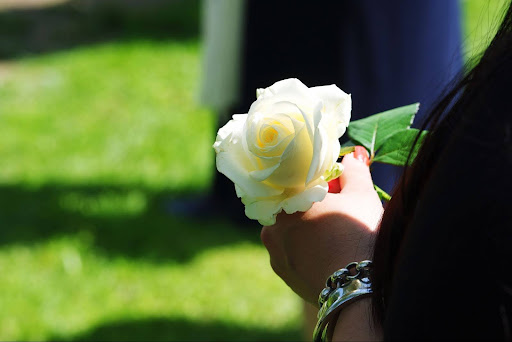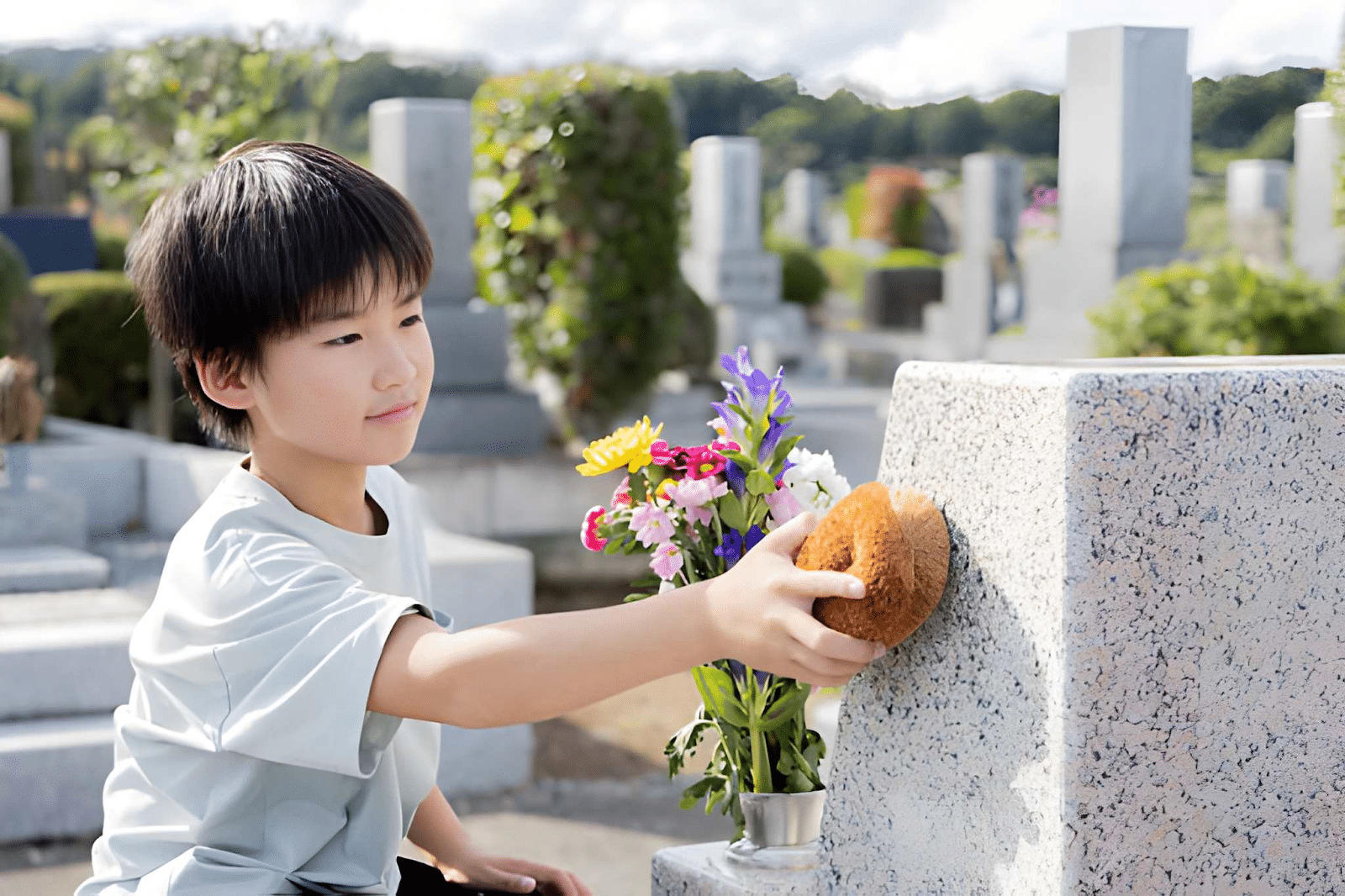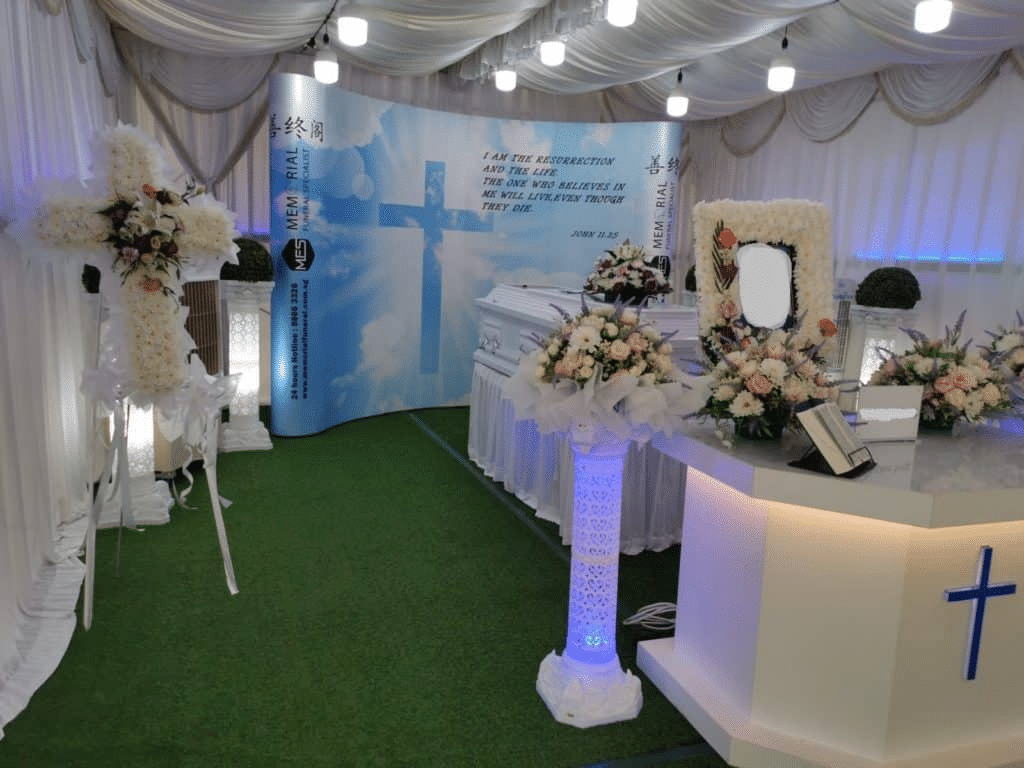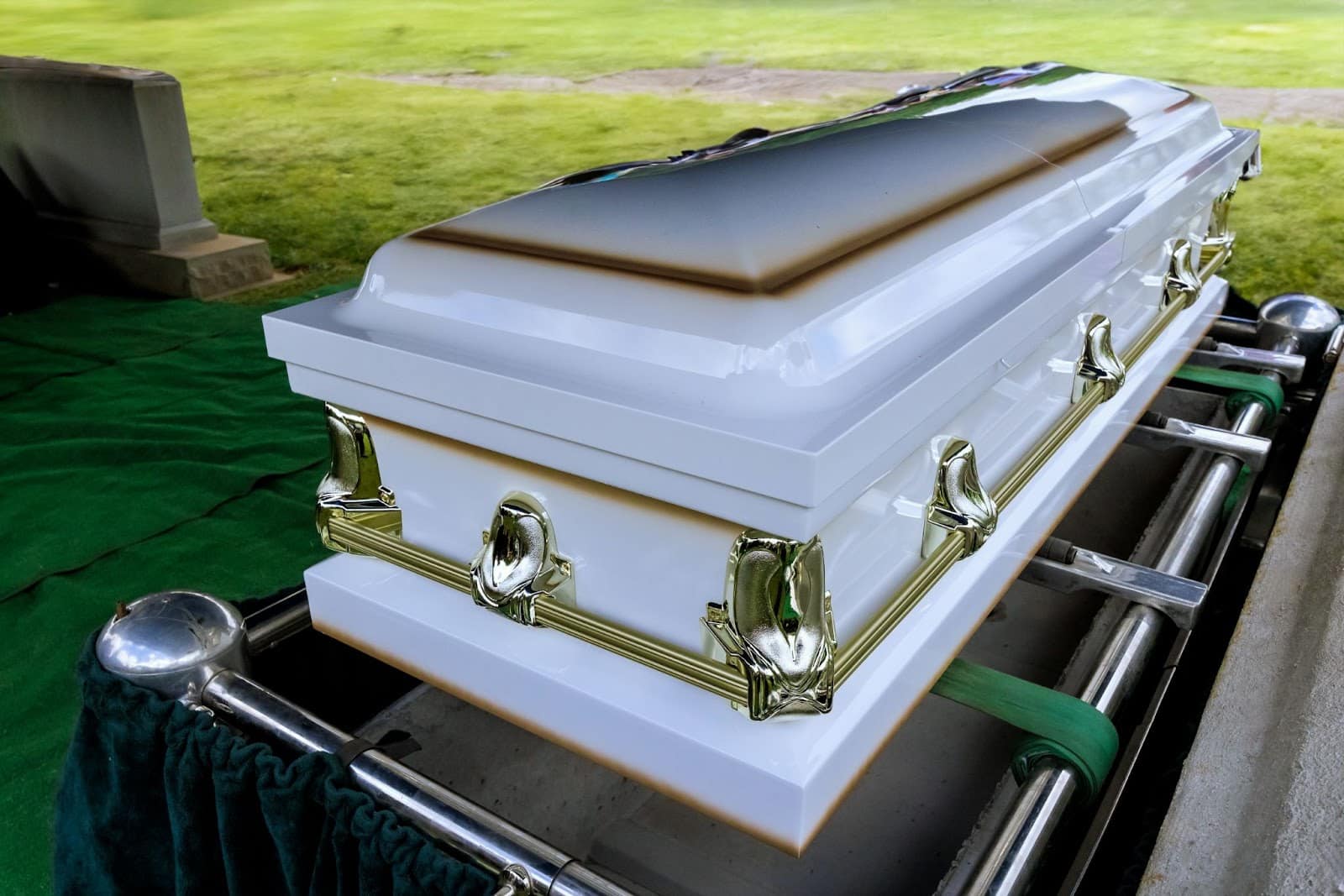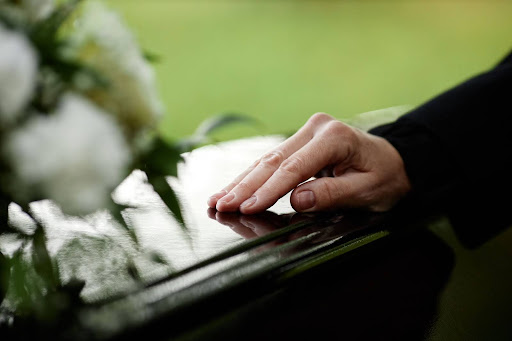Losing a loved one is never easy. As hard as it is, deciding on the departed’s final resting place and sending them off peacefully is crucial. There are processes that should be followed in accordance with their beliefs. Nowadays in Singapore, most families opt for cremating their loved ones. The urn containing the ashes is then stored in a columbarium niche. In this blog we will go through all things you need to know about columbarium niches in Singapore.
Columbarium Niche Pricing in Singapore
In Singapore, the pricing of columbarium niches can vary depending on several factors. These include the location, size, facilities, and amenities offered by the columbarium. Families should consider their budget, preferences, and specific needs when selecting a columbarium niche. Here’s a simplified breakdown of how columbarium niches are priced:
1. Location
Columbaria located in prime or central areas have higher prices. While those in less prominent locations have lower prices. The price is influenced by a few aspects that these locations offer. The aspects are accessibility, proximity to amenities, and demand for niche spaces.
2. Niche Size and Level
The size of the columbarium niche can also affect its price. Larger niches may come at a higher price. The level of a columbarium niche also affects the pricing. The higher the level of the niche, the higher the price will be.
3. Facilities and Amenities
Columbaria that offer additional facilities and amenities have higher pricing. The added amenities may include prayer rooms, memorial halls, or garden spaces. On the other end, columbaria that only provide niche storage have lower price tags.
4. Government vs. Private
Government columbaria offers standardised pricing based on set guidelines. Private columbaria on the other hand, have more flexibility in pricing structures. They offer different tiers of services and niche options at varying price points.
5. Additional Services
Some columbaria may even offer additional services such as niche customisation, engraving, or maintenance packages. These services usually have separate fees. Thus, these additions will impact the overall cost.
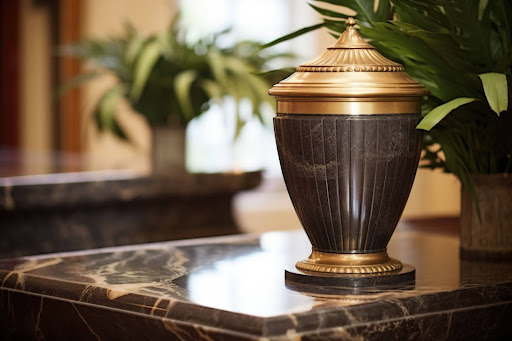
Types of Columbarium Niches in Singapore
The Columbaria in Singapore can be categorised into two. The government columbaria and the private columbaria.
Government columbaria are managed and regulated by government authorities. Such as the National Environment Agency (NEA). These columbaria are typically located in public cemeteries. They follow strict standards and guidelines set by the government. Government columbaria often offer basic amenities and services for urn storage and visitation. They may have centralised facilities for families to pay their respects. These columbaria are commonly chosen for their reliability, affordability, adherence to regulations, and accessibility.
Private columbaria are operated by private organisations or individuals. They differ in sizes, designs, and services offered. Private columbaria often cater to specific religious or cultural communities. They may also provide additional amenities. Such as prayer rooms, memorial halls, or personalised niche options. Even though they offer more flexibility and customisation, private columbaria are also subject to regulations set by government authorities. This is to ensure compliance with safety, hygiene, and environmental standards.
Burial vs. Cremation
Burial and cremation are two common methods of handling the deceased after death. The first thing that you need to do before laying a loved one to rest is decide whether they should be buried or cremated. You will need to take into consideration a few aspects before doing so. These aspects include beliefs, the law, culture, environment, personal, and etc. Both methods offer different ways of honouring and memorialising the deceased.
A burial is the traditional way of laying the deceased to rest. Its process includes placing the body in a coffin. The coffin is then buried in the ground. The burial location could be in a cemetery or other designated burial ground. Burial practices differ across cultures and religions. Some believe in the importance of keeping the body intact for religious or spiritual reasons. Others see burial as a way to honour and remember the deceased.
Cremation is the process of burning the deceased person’s body to ashes and bone fragments. A cremation chamber is used in this process. The ashes are then collected and may be kept in an urn, scattered, or buried. Cremation is practised by many cultures and religions around the world. Some view it as a practical and efficient way to handle the deceased. Others see it as a way to release the soul from the physical body.
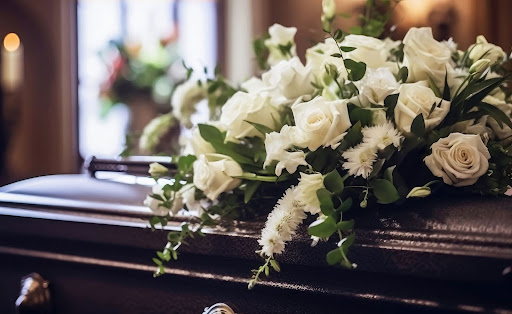
What is a Columbarium or Columbaria?
A columbarium (or columbaria in plural form) is a place where urns or containers holding ashes or cremated remains are housed. The word “columbarium” comes from the Latin word “columba.” It means “dovecote” or “nesting place for doves.” The meaning reflects the small compartments or niches that hold the urns. They resemble the nesting holes found in structures for doves or pigeons.
Columbaria differ in sizes and designs. Ranging from small structures within a cemetery to larger, standalone buildings. They may be indoors or outdoors. Often, they feature rows or columns of niches where urns are placed. Some columbaria may also include communal areas for reflection or ceremonies.
These structures offer a respectful and dignified place for cremated remains to rest eternally. Offering families and loved ones a place to visit and honour the memory of the deceased. Columbaria are commonly found in cemeteries, mausoleums, crematoriums, and other memorial sites.
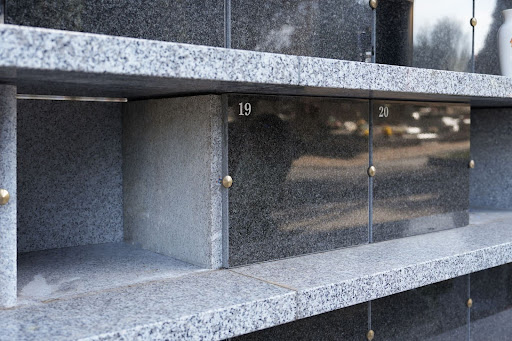
What is a Columbarium Niche?
A columbarium niche is an individual space or slot within the columbarium. These slots are designed to hold the urns containing cremated remains of the deceased. They can differ in sizes and designs depending on the specific columbarium. However, they are typically small, rectangular or square spaces. These spaces are built into the columbarium walls. There would be a plaque or marker on each niche. The plaque often displays the name, dates, or other personalised information about the deceased.
Reasons To Choose a Columbarium Niche
Listed below are reasons why families are choosing cremation and columbarium niches.
The New Burial Policy, 1998
In Singapore, there is a policy that only allows burial for a period of 15 years. This policy is called The New Burial Policy. It was introduced in 1998 to tackle the scarcity of land on the island. After the period ends, the burial site is exhumed. Families will have to look for a new place or other ways to lay their loved ones’ remains to rest. This is where cremation and the columbarium niche comes into view. A columbarium niche offers a more space-efficient option. Hence, making it a practical choice in places with limited space.
Cost Effective
Columbarium niches are cost-effective. This is because of their efficient use of space and lower maintenance needs. In land-constrained areas like Singapore, space comes at a premium. The smaller footprint of columbaria translates to lower land costs. Additionally, columbaria requires less infrastructure and upkeep. It is because they often have centralised facilities for urn storage. They may even offer flexible pricing options to suit different budgets.
Cultural and Religious Preferences
Cultures and religions, like Buddhism and Taoism, have traditions that favour cremation and the placement of ashes in columbaria. Hence, choosing a columbarium niche aligns better with their cultural or religious beliefs. Columbaria provides a sacred space for families practising these religions to pay respects to their departed loved ones. It fosters a sense of continuity and connection to their cultural or religious heritage.
Other reasons include:
Ease of Visit
Columbaria are often located in accessible areas. This clears way for easier visitation by family members and loved ones. The convenience enhances the ability to pay respects to the deceased often.
Environmental Considerations
Cremation and columbarium niches are considered as more environmentally friendly. This is because they require fewer resources and have a smaller physical footprint.
Long-Term Planning
With columbaria, families have the assurance of a permanent resting place for their loved ones. They won’t have to worry about plot maintenance or potential land redevelopment.
Community and Facilities
Some columbaria offer additional facilities. For example, prayer rooms, memorial halls, or gardens. These facilities create a conducive environment for remembrance and reflection.
Columbarium Niche Levels in Chinese Beliefs and Tradition (Where Applicable)
In Chinese beliefs, the level of a columbarium niche holds a deep meaning. Below is a more in-depth explanation about these levels.
1st and 2nd levels
These levels are referred to as the “filial” levels. This is because they signify the utmost respect and reverence for ancestors. Descendants are required to kneel while paying their respects. Kneeling is a gesture of humility and acknowledgment of the sacrifices made by one’s ancestors. It symbolises the importance of filial piety. It is a core value in Chinese culture emphasising respect and care for one’s parents and ancestors. Souls entombed on these lower levels are believed to be in closer proximity to the earthly realm. It represents the beginning of their spiritual journey towards enlightenment.
3rd and 4th levels
The 3rd and 4th levels are also known as the “wealth” levels. These levels allow descendants to assume a sitting position while praying or paying homage to their ancestors. Sitting signifies a more relaxed and comfortable posture compared to kneeling. The symbolism reflects the belief that honouring ancestors can bring prosperity and abundance. It emphasises the connection between filial piety and the attainment of material wealth and success. Souls placed on these levels are considered to be progressing further along their spiritual journey. Which is closer to spiritual enlightenment.
5th level
The 5th level often represents a transitional phase between the lower and higher levels within the columbarium. It doesn’t have a specific symbolic designation like the other levels mentioned. But, it still holds significance in the spiritual journey of the deceased. Souls entombed on this level may be considered to be in a state of transition. They are moving closer towards spiritual enlightenment and higher realms. In some interpretations, this level could symbolise a period of reflection or preparation for further spiritual ascent. It serves as a bridge between the earthly realm and the higher spiritual planes. Which are represented by the upper levels of the columbarium. Thus, it is still a fundamental part of the spiritual progression within the columbarium structure.
6th and 7th levels
These levels are referred to as the “guardian” levels. The spirits of deceased ancestors on these levels continue to watch over and protect their families from the afterlife. Placing ancestors in niches on these levels is seen as ensuring ongoing support and guardianship for the living descendants. It reflects the belief in ancestral spirits as good guardians who offer guidance and protection to their descendants. Souls on these levels are perceived to be even closer to spiritual enlightenment. Because they are entrusted with the role of guardianship over their descendants.
8th and 9th levels
These levels are known as the “respect” levels. They symbolise the highest moral standards and virtues. Ancestors entombed on these levels are respected for their exemplary lives and ethical conduct. Placing ancestors on these levels reflects a profound respect for their wisdom, integrity, and contributions. Towards both the family and society. It signifies the importance of upholding moral values and honouring virtuous ancestors. They are made as role models for future generations. Souls on these uppermost levels are believed to be closest to spiritual enlightenment. This is because they have attained a state of profound moral and spiritual purity.
Columbarium Niche Feng Shui in Chinese Beliefs and Tradition (Where Applicable)
Feng Shui plays a crucial role in the design and placement of columbarium niches. In Feng Shui philosophy, the arrangement of spaces can impact the flow of energy, known as Qi. Qi directly influences the well-being and harmony of individuals. Within a columbarium, careful consideration is given to factors such as orientation, layout, and symbolism.
The orientation of the columbarium building is significant in Feng Shui. Ideally, it should be positioned to harness positive energy from its surroundings while being shielded from negative influences. The layout of the niches within the columbarium must also follow Feng Shui principles. This is to promote balance and auspiciousness. Niches may be arranged in specific patterns or formations to encourage the smooth flow of Qi and create a sense of tranquillity for visitors.
The selection of materials, colours, and decorative elements in the columbarium niche design have to also align with Feng Shui principles. Certain materials and colours are believed to resonate with different elements and energies. They influence the overall atmosphere of the space. Moreover, symbolic motifs may be incorporated to enhance positive energy and spiritual significance. Some motif examples include dragons, phoenixes, or lotus flowers.
Columbarium Niche for Christians and Catholics
Cremation and columbarium niches have become more common in Singapore among Christians and Catholics. The urns containing cremated remains are stored in local churches’ columbaria. However, there are other private columbaria that cater to either of these two faiths. They work with local churches and must follow their rules and regulations.
Columbarium niches for Christians and Catholics are designed with simplicity and reverence. They often reflect the religious beliefs and practices of these communities. Common elements include crosses, images of saints, and biblical verses. The elements create a sacred atmosphere for families to pay their respects.
These private facilities also often provide spaces for religious ceremonies. It includes prayer services and memorial Masses. They allow families to gather for communal worship and support during times of mourning. Collaboration with local churches ensures that the columbarium meets the religious needs and preferences of Christian and Catholic families.
Visiting & Maintaining A Columbarium Niche
Maintaining a columbarium niche for your loved one typically requires minimal effort on your part. Most columbaria employ caretakers to upkeep the niches and the surrounding area. Some locations may charge a maintenance fee. Additionally, there are private columbaria that provide prayer and worship services. They ensure that your loved one is honoured on significant occasions.
